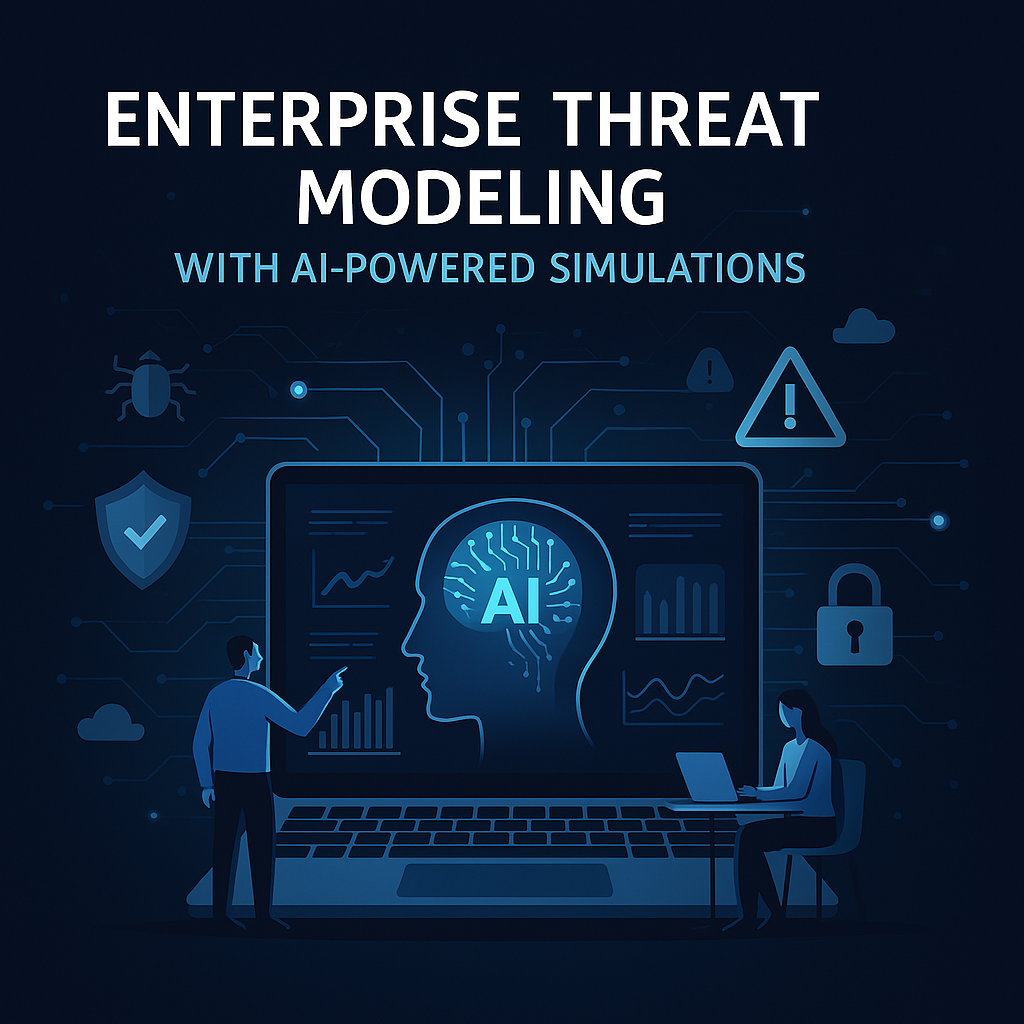In today’s digital-first world, enterprises are managing sprawling IT environments that span hybrid clouds, microservices, APIs, and remote workforces, all while trying to stay ahead of an increasingly sophisticated and automated wave of cyber threats. Traditional approaches to threat modelling, typically static, manual, and reactive, are no longer sufficient to protect modern infrastructure. To meet the moment, organisations are turning to AI-powered simulations to rethink how they anticipate and defend against attacks. The Limits of
In a global economy driven by data, the ability to share information across borders is essential for innovation, collaboration, and business growth. However, as enterprises navigate an increasingly complex web of data protection regulations, such as GDPR, CCPA, China’s PIPL, and others, cross-border data sharing has become both a necessity and a liability. Enter Privacy-Enhancing Technologies (PETs), a class of tools designed to preserve privacy while still enabling the safe analysis, transfer, and usage of
As organisations accelerate their digital transformation journeys, cloud computing has become an operational backbone, offering scalability, agility, and global reach. But with that power comes complexity, and for many enterprises, a new challenge emerges: how to manage and optimise cloud costs effectively. This is where Cloud FinOps (Financial Operations) plays a critical role. What Is Cloud FinOps? Cloud FinOps is a cultural and operational framework that brings together technology, finance, and business teams to manage
In today’s data-rich landscape, search is no longer just about retrieving exact matches from rows and tables. Users expect answers, not just results, and enterprises need smarter systems that understand context, semantics, and intent. Enter vector databases, the underlying engine behind a new generation of intelligent search. From Keyword Matching to Semantic Understanding Traditional search engines operate on keyword indexing. They work well for structured data and known queries, but struggle with natural language and
In the landscape of enterprise data architecture, two terms have gained prominence over the last decade: data lakes and data lakehouses. Both have emerged as powerful solutions for managing vast volumes of structured and unstructured data, but as data needs become more complex, so does the technology required to handle them. Enter the data lakehouse: a hybrid solution that promises the best of both worlds. But what exactly sets data lakehouses apart from traditional data




